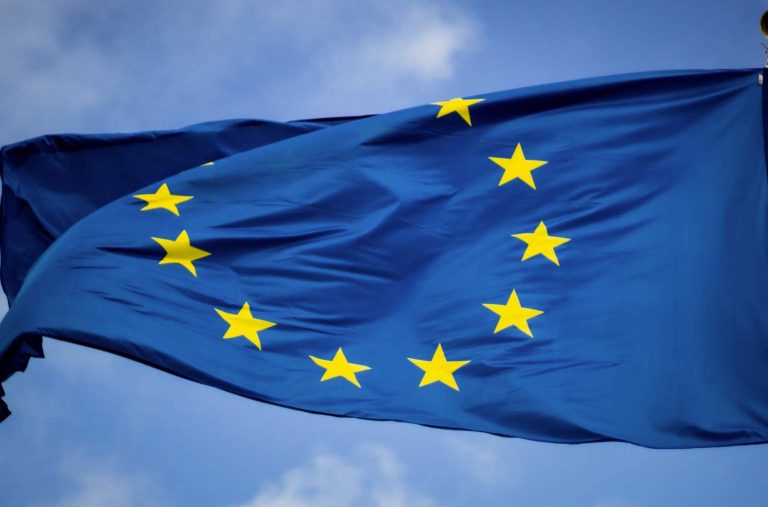
Morning Brief – Scaremongering?
Scaremongering?
Before unpacking the title of this daily briefing, a quick update on this data heavy week. So far, the slew of economic data from the Eurozone has by and large confirmed the theme of moderating inflation across members of the currency union. No significant surprises across the numerous data types released means the Euro has been largely reflecting variations in other currencies rather than its own momentum. The theme of weak and sub-expectation business and consumer confidence has continued to play out within Europe keeping growth prospects subdued.
Further data regarding the Euro area labour markets and inflation rates are set to be released this morning and will create an early focus on EUR crosses. As of this afternoon, focus will once again switch back to the United States. The implied path of the Fed has been tracking lower amidst weak economic data. A Fed speaker scheduled soon after the European market close and the Fed’s preferred inflation measure being read will allow markets to reassess that curve ahead of non-farm payroll data tomorrow.
So, what’s the scaremongering? There has been a lot of discourse in market and public forums alike about a second spike of inflation. Will we get one, and what would it look like? Most of the analyses draw from the 1970s/80s spikes in inflations that saw soaring inflation in the 70s shadowed only by a secondary wave a decade later. The curves do look similar and the central banker’s play book certainly seems to have heeded the lessons taught nearly a quarter-century ago. Contrary to this double-peak narrative there is no reason why there should be a second spike in inflation as we have seen in the past, particularly with policymakers adamant to keep rates in restrictive territory until the price level consolidates significantly.
Discussion and Analysis by Charles Porter

Related Insights

Daily Brief – Poland
Poland June 2025 will go down as a milestone for the energy sector in Poland as it was the first month that renewable energy overtook fossil fuels as a proportion of Poland’s total energy requirements. Poland is one of the highest emitting countries only behind China, Kuwait, South Africa, and Kazakhstan and despite coal consumption […]

Daily Brief – Sterling
Sterling No sooner had the financial press written that Sterling was on the skids due to the Chancellor being on the way out, than PM Starmer woke up to the need for some TLC for his beleaguered Chancellor and executed a handbrake turn to administer some gruesome bedside cheer to the apparently on life support […]

Daily Brief – EU Inflation
EU Inflation With the ECB annual symposium meeting in sunny Sintra, Portugal, inflation is very much on President Lagarde’s mind ; that is because it is showing signs of rising with the monthly inflation rate showing an increase of 0.3% and that presages a break above the target 2% rate just as she and her colleagues […]



 Humphrey Percy
Humphrey Percy